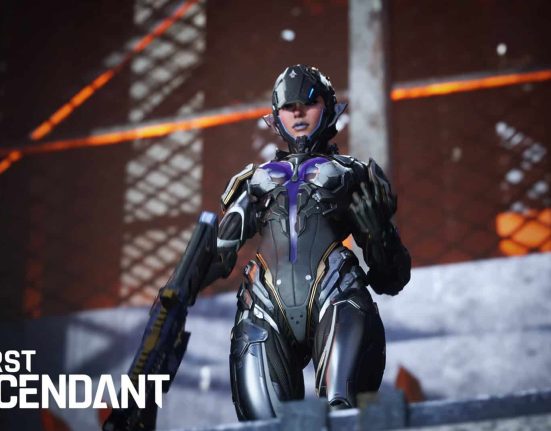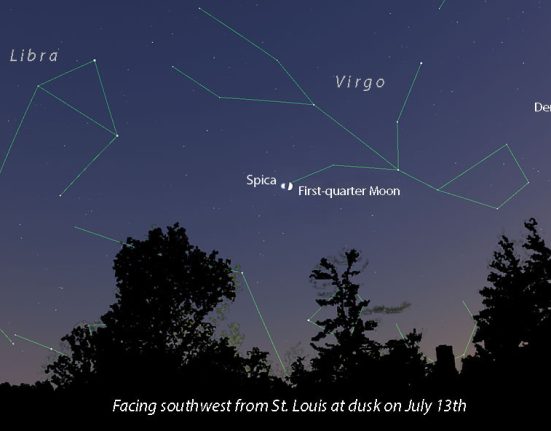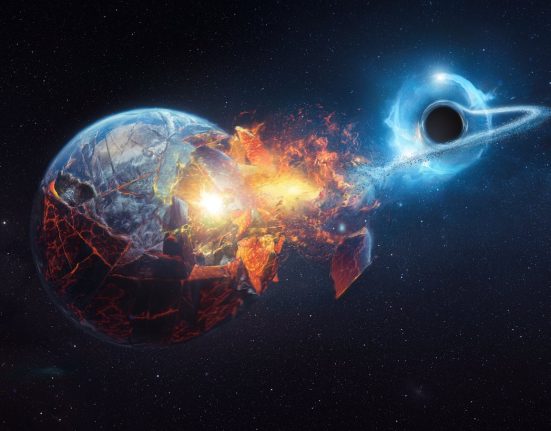In the black expanse,
a signal,
weak,
distant,
shaking
draws attention.
The stars shake,
trapped in the
movements of giants –
unfolding with weight
and fire below
their shrouds at night.
A glow,
a dimmed glimpse of light,
a traced orbit –
the way
to other worlds.
The numbers engrave the skies,
writing stories
in trembling light –
every murmur a revelation,
every chill a promise
in this ghost of planets
waiting to be known.
This poem is inspired by recent researchwhich has used oscillating stars to find new exoplanets.
The discovery of planets beyond our solar system, known as exoplanets, has greatly expanded our understanding of the universe. While previous missions like Kepler have identified thousands of these distant worlds, determining their masses remains a major challenge. Measuring a planet's mass is crucial as it reveals a lot about its composition, atmosphere and potential to support life. However, obtaining accurate mass measurements requires advanced techniques and sensitive instruments. One effective method is to observe the “wobble” of a star caused by the gravitational pull of an orbiting planet, which shifts the star's light spectrum. This phenomenon, known as the radial velocity method, provides essential data for understanding these distant worlds.
New data from the Transiting Exoplanet Survey Satellite (TESS) and the WM Keck Observatory have been used to make significant progress in this area. This research, part of the TESS-Keck study (TKS), has produced the largest and most consistent catalog of exoplanet masses to date. By analyzing more than 9,000 radial velocity measurements, the team determined the masses of 126 exoplanets and discovered 15 new ones. This comprehensive data set allows scientists to estimate the densities and compositions of these planets, providing valuable information about their nature. In particular, the study identified two particularly intriguing planets: TOI-1824 b, a superdense sub-Neptune, and TOI-1798 c, an extreme super-Earth, which is so close to its host star that it makes one orbit in less than 12 hours. These findings contribute to a deeper understanding of planetary diversity and evolution, highlighting the unique characteristics of our own solar system.















Leave feedback about this